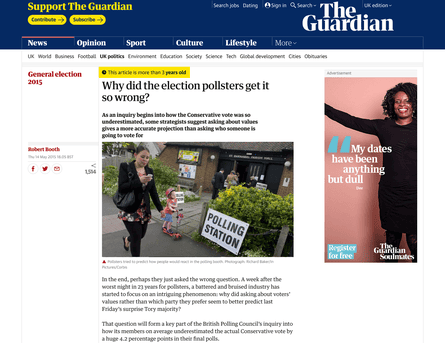A Biased View of News Articles
A Biased View of News Articles
Blog Article
8 Simple Techniques For News Articles
Table of ContentsExamine This Report on News ArticlesExamine This Report on News ArticlesNot known Incorrect Statements About News Articles The smart Trick of News Articles That Nobody is DiscussingThe Only Guide to News Articles
Good expertise of various topics gives trainees an one-upmanship over their peers. Although digital and social networks are easily obtainable, we must not neglect how vital it is to read the papers. Moms and dads need to try and inculcate the habit of reviewing a paper as a day-to-day routine to continue the heritage of the revered print tool.Information tales likewise have at least among the adhering to essential attributes loved one to the designated target market: closeness, importance, timeliness, human interest, peculiarity, or effect. The relevant term journalese is often made use of, typically pejoratively, to refer to news-style writing. Another is headlinese. Newspapers normally stick to an expository writing design.
Within these limitations, news tales additionally intend to be detailed. Amongst the larger and much more reputable newspapers, fairness and balance is a major variable in providing info.
Papers with a worldwide audience, for example, have a tendency to make use of a more official style of composing. News Articles.; common design guides consist of the and the US Information Design Book.
The Only Guide for News Articles
As a regulation, reporters will certainly not make use of a long word when a brief one will certainly do. They use subject-verb-object construction and vibrant, active prose (see Grammar). They supply stories, instances and allegories, and they rarely rely on generalizations or abstract ideas. News authors attempt to stay clear of making use of the same word greater than as soon as in a paragraph (sometimes called an "resemble" or "word mirror").
Nonetheless, headlines occasionally omit the subject (e.g., "Leaps From Watercraft, Catches in Wheel") or verb (e.g., "Cat woman lucky"). A subhead (also subhed, sub-headline, subheading, caption, deck or dek) can be either a secondary title under the main heading, or the heading of a subsection of the short article. It is a heading that comes before the main text, or a group of paragraphs of the primary message.

Additional signboards of any of these kinds might show up later in the write-up (especially on subsequent pages) to tempt more reading. Such signboards read this article are additionally utilized as tips to the article in other sections of the publication or site, or as ads for the item in various other magazine or sites. Regular framework with title, lead paragraph (summary in bold), other paragraphs (details) and call info.

Example of a hard-lead paragraph NASA is suggesting another space job. The agency's spending plan request, announced today, consisted of a plan to send another objective to the Moon. This time around the firm hopes to establish a lasting facility as a jumping-off place for various other space journeys. The budget plan requests approximately $10 billion for the task.
An "off-lead" is the second most crucial front page news of the day. To "hide the lead" is to begin the article with background details or information of second importance to the viewers, forcing them to check out more deeply right into a short article than they must have to in order to find the necessary points.
News Articles - Truths
Common use is that one or 2 sentences each create their own paragraph. Reporters generally explain the organization or structure of a newspaper article as an inverted pyramid. The important and most intriguing aspects of a story are placed at the start, with supporting details complying with in order of diminishing importance.
It allows individuals to check out a topic to just the depth that their interest takes them, and without the charge of information go to this website or subtleties that they can consider unimportant, yet still making that details offered to a lot more interested readers. The inverted you could try this out pyramid structure also enables short articles to be cut to any kind of approximate length during layout, to suit the room readily available.
Some authors begin their tales with the "1-2-3 lead", yet there are several kinds of lead offered. A kicker can refer to several points: The last tale in the information broadcast; a "pleased" tale to end the show.
Longer articles, such as publication cover short articles and the pieces that lead the inside sections of a newspaper, are called. Attribute tales vary from straight information in numerous methods. Foremost is the lack of a straight-news lead, the majority of the moment. Instead of offering the essence of a story in advance, function authors might try to entice readers in.
5 Easy Facts About News Articles Shown
The reporter typically details interactions with interview topics, making the item more individual. A feature's very first paragraphs frequently associate a fascinating minute or occasion, as in an "anecdotal lead". From the details of an individual or episode, its sight quickly broadens to generalizations about the tale's topic. The section that indicates what a function has to do with is called the or signboard.

The Editor's Toolbox: A Reference Overview for Beginners and Professionals (2001) Allan M. Siegal and William G. Connolly. The New York Times Guidebook of Design and Use: The Official Style Overview Utilized by the Writers and Editors of the World's A lot of Authoritative Newspaper (2002) M. L. Stein, Susan Paterno, and R.
Report this page